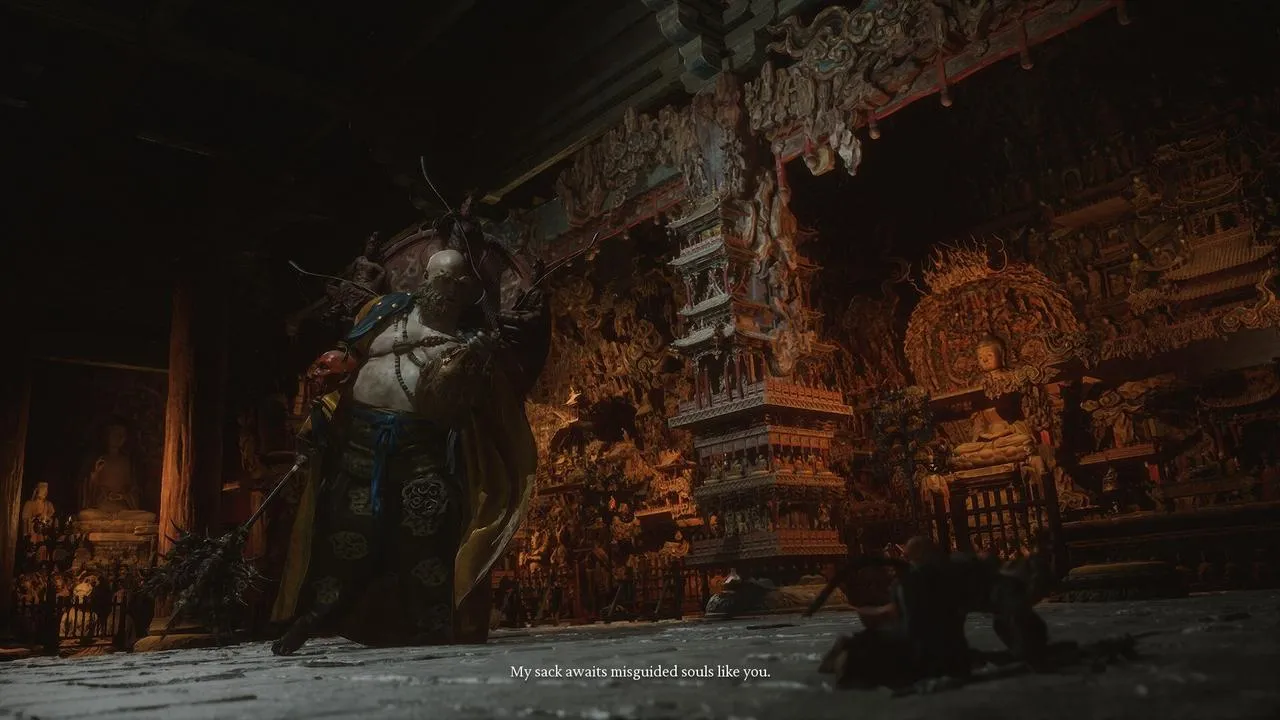
Black Myth: Wukong: A Stunning Journey Through Chinese Mythology
Contents
- A Breathtaking Rendition of the Journey to the West
- Environments Inspired by Real-World Locations
- Exquisite Detail and Stunning Visuals
- Intuitive Interface and Iconic Soundtrack
- A Refined Souls-like Experience
- Balanced Combat and Progression
- Diverse Combat Styles and Abilities
- A Nostalgic Yet Challenging Adventure
- A Darker, More Philosophical Narrative
- A Multifaceted Storytelling Approach
- Room for Improvement
- Technical Issues and Gameplay Quirks
China, with its rich literary history boasting classics like Romance of the Three Kingdoms, Water Margin, Dream of the Red Chamber, and The Art of War, has long been a cradle of captivating narratives. Now, its burgeoning video game industry, a global powerhouse generating $45.5 billion in revenue in 2022 (Niko Partners), is stepping onto the world stage with a single-player masterpiece: Black Myth: Wukong. This game is not just a significant achievement for China, but a revitalizing force for the global offline gaming market, offering a refreshing alternative in a landscape sometimes saturated with less compelling titles. Black Myth: Wukong, along with other recent successes like Lies of Pi and Stella Blade, signals a shift in focus from online and mobile gaming towards high-quality single-player experiences, even within traditionally online-focused markets like China and South Korea. This resurgence of the “AAA” single-player game is a welcome trend in an industry that has seen this segment struggle in recent years. But what makes Black Myth: Wukong such a global phenomenon, a much-needed catalyst for the gaming world?
 alt text describing the majestic scenery of the game, featuring traditional Chinese architecture
alt text describing the majestic scenery of the game, featuring traditional Chinese architecture
A Breathtaking Rendition of the Journey to the West
Game Science has meticulously crafted a captivating experience, immersing players in the world of the Journey to the West. From the visuals and music to the costumes, weapons, characters, and environments, every detail is imbued with authenticity and charm. The game’s artistic style, deeply rooted in Chinese culture, immediately captivates players. Powered by Unreal Engine 5, the landscapes, temples, and palaces are breathtakingly beautiful, creating a cinematic experience that fuels the imagination.
Environments Inspired by Real-World Locations
The game’s environments, reminiscent of classic Chinese ink paintings, showcase iconic architectural marvels. These structures are not mere backdrops; they are meticulously recreated from famous Chinese landmarks. The first chapter evokes the scenic beauty of Guilin, while the second captures the atmosphere of the Xinjiang desert. The awe-inspiring “Xiaoxitian” (Little Western Heaven) in Chapter 3 is a digital replica of a real-world temple. In certain sequences, players are even miniaturized to explore this intricate structure in stunning detail. The game’s cultural impact has been so profound that it has boosted tourism at numerous ancient Chinese sites, increasing sales by over 50%.
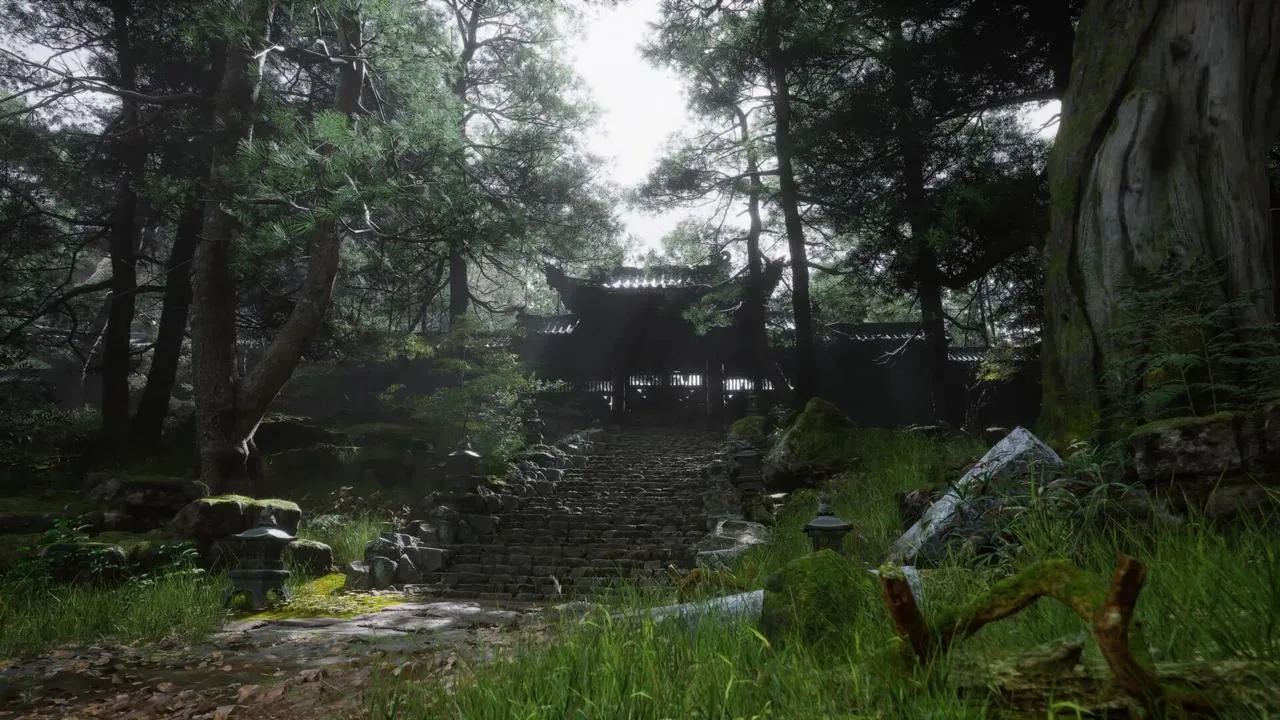 alt text showing a detailed view of the armor and character model in the game
alt text showing a detailed view of the armor and character model in the game
Exquisite Detail and Stunning Visuals
Black Myth: Wukong’s graphics are truly next-gen. Originally developed on Unreal Engine 4, Game Science delayed the release to leverage the superior technology of Unreal Engine 5. The result is a visual feast, evident in the intricate details of the Monkey King’s armor. From the ornate patterns on each piece to the shimmering textures of precious materials, the game’s attention to detail is remarkable. This extends beyond the equipment screen, allowing players to capture stunning screenshots with the robust photo mode.
Intuitive Interface and Iconic Soundtrack
The game’s user interface, from menus and icons to inventory, encyclopedia, skill tree, and equipment screens, is clean and intuitive. This streamlined design stands in stark contrast to some recent AAA titles that suffer from cluttered interfaces. The soundtrack features a reimagined version of “Celestial Symphony” (Vân Cung Tấn Âm), the iconic theme from the 1986 Journey to the West television series. This modernized arrangement retains the original’s grandeur and heroism. Each chapter boasts its own unique score, enhancing the narrative and emotional impact. From contemplative melodies to rousing battle themes, the music perfectly complements the on-screen action.
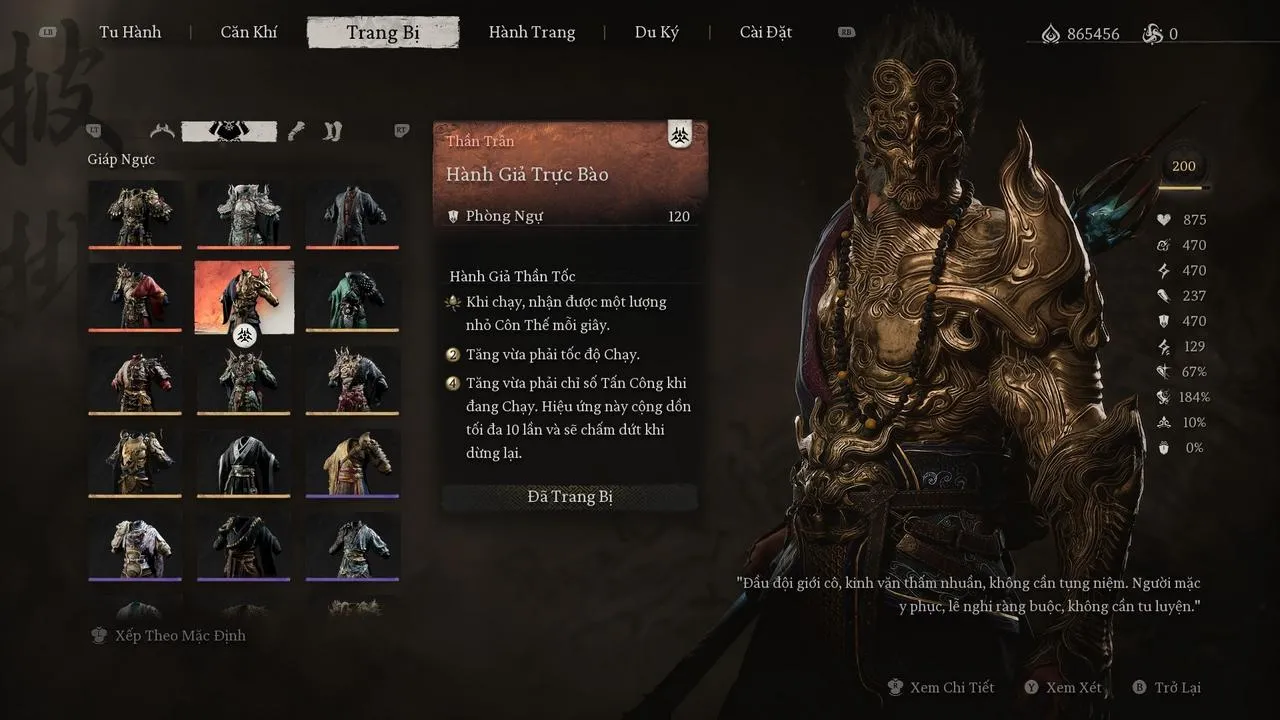 alt text depicting the Monkey King in combat, showcasing the game's combat system
alt text depicting the Monkey King in combat, showcasing the game's combat system
A Refined Souls-like Experience
At its core, Black Myth: Wukong is a combat-focused action game. Initial trailers sparked debate about its genre, with some questioning its “Souls-like” classification. The final product reveals a refined take on the genre, often termed “Souls-lite,” offering a more accessible yet challenging experience.
Balanced Combat and Progression
The game incorporates Souls-like elements, such as stamina-based combat, but without the punishing difficulty of FromSoftware titles. While stamina management is crucial in the early chapters, it becomes less critical as players master the combat system. The game emphasizes rhythmic combat and parrying, reminiscent of Sekiro: Shadows Die Twice. Progression is streamlined, eliminating the need for extensive resource grinding. Death simply returns players to the nearest shrine without significant penalties, allowing for experimentation and build optimization.
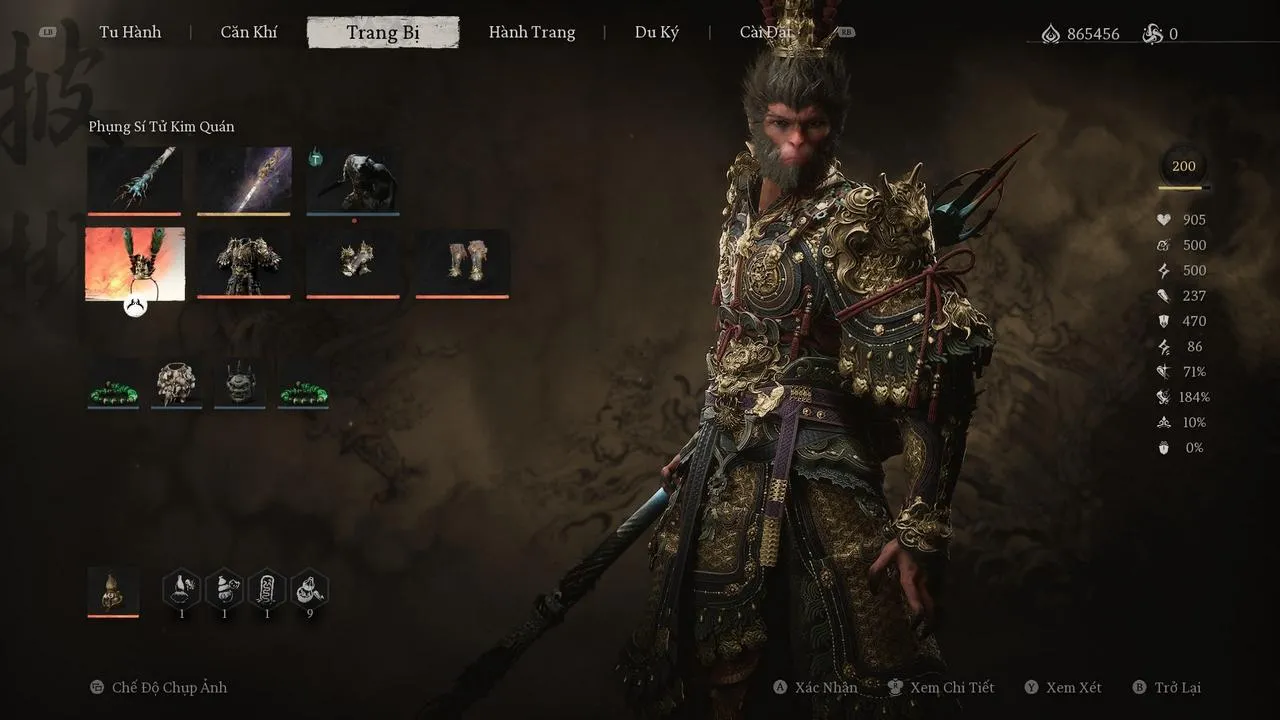 alt text showcasing a variety of enemies and character designs from the game
alt text showcasing a variety of enemies and character designs from the game
Diverse Combat Styles and Abilities
Inspired by Nioh, Black Myth: Wukong features a stance system with three distinct styles: Smash, Pillar, and Thrust. Each stance offers two branching skill trees, providing ample customization options despite the limited weapon selection of staff and spear. Beyond combat skills, players can further personalize their character with numerous passive abilities and magical transformations.
A Nostalgic Yet Challenging Adventure
While set after the events of the Journey to the West, the game’s boss encounters and scenarios evoke iconic moments from the classic tale. Knowledge of the source material can even provide strategic advantages. For instance, in the battle against the Yellow Wind Demon, recalling how the Monkey King overcame the demon’s Three昧神風 (Three昧 Divine Wind) in the original story can prove invaluable. This highlights the game’s non-linearity, where exploration and knowledge are rewarded.
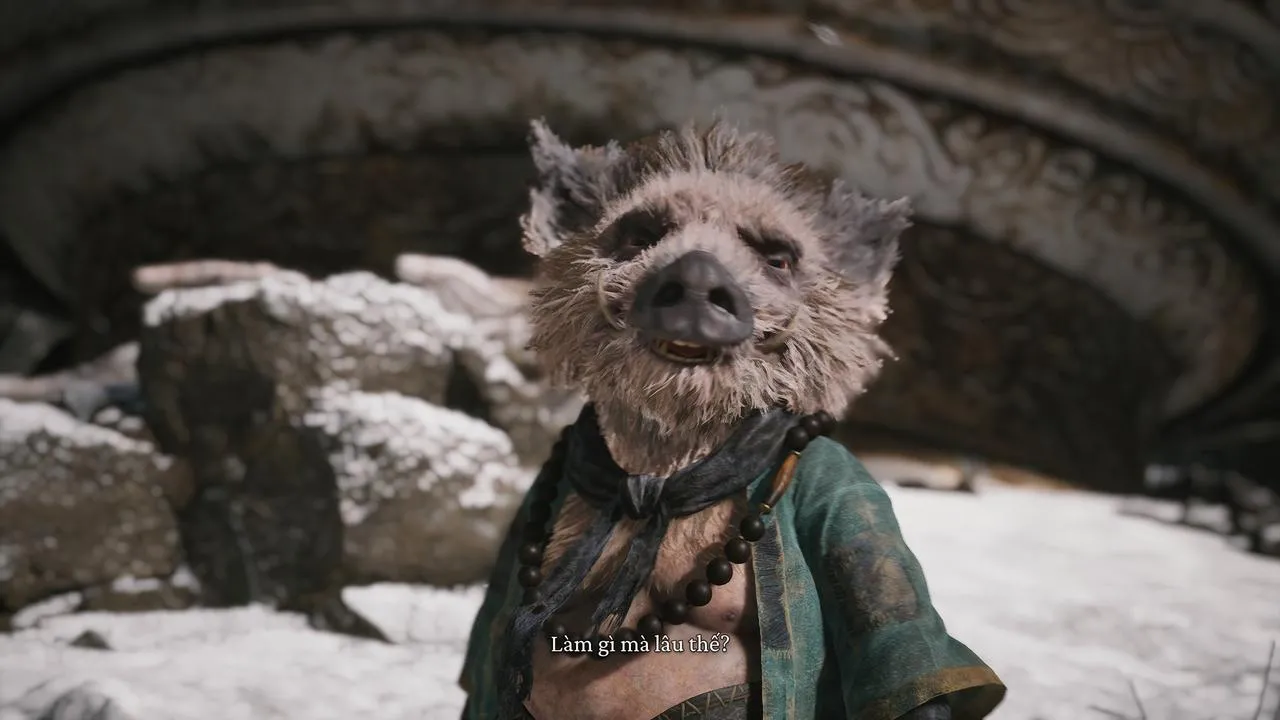 alt text showcasing the game's environment and level design
alt text showcasing the game's environment and level design
A Darker, More Philosophical Narrative
Unlike the traditional Journey to the West narrative, Black Myth: Wukong explores the fates of its characters after their pilgrimage. Each chapter presents a self-contained story, rich in allegory and social commentary, reminiscent of Strange Stories from a Chinese Studio.
A Multifaceted Storytelling Approach
The game’s darker, more melancholic tone contrasts with the original story, leaving a lasting impression. Themes of ambition, love, loss, and the nature of good and evil are explored through the interwoven tales of various characters, like the Golden Cicada Elder, Pigsy, and a tragic scholar and fox spirit. The game masterfully weaves its narrative through various mediums, encouraging player engagement and discovery. NPC dialogue, cryptic murals, item descriptions, and beautifully animated cutscenes, each inspired by different artistic styles ranging from classical Chinese painting to Ghibli anime and stop-motion animation, contribute to the rich tapestry of the story.
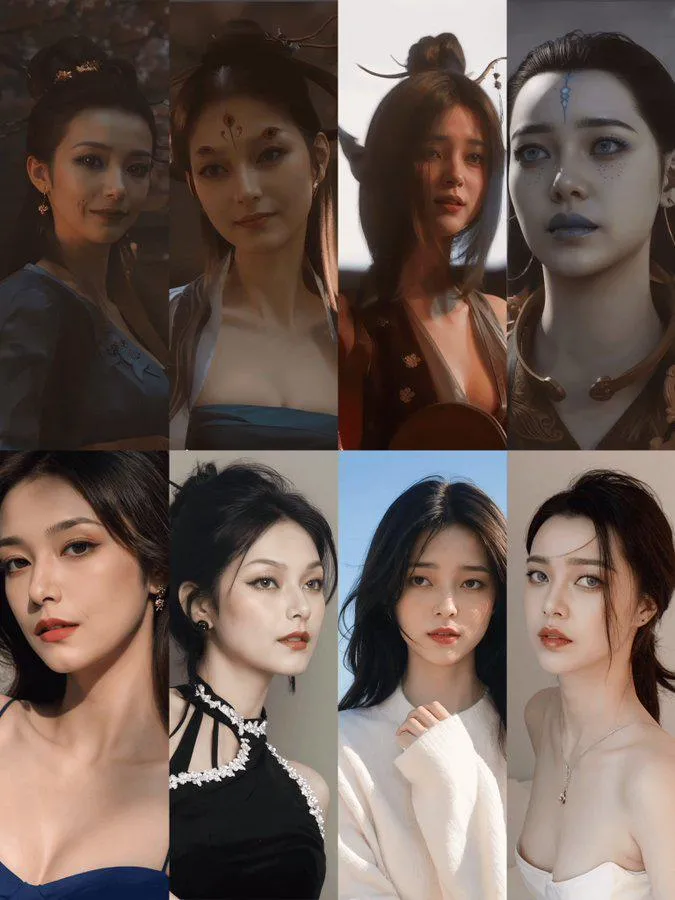 alt text depicting a cinematic scene from the game
alt text depicting a cinematic scene from the game
Room for Improvement
Despite its many strengths, Black Myth: Wukong is not without its flaws. The lack of a proper introduction to the Journey to the West mythology can be confusing for players unfamiliar with the source material. This has impacted its reception among some Western critics, who have struggled to grasp the nuanced cultural and philosophical themes rooted in Taoism and Buddhism. The episodic nature of the narrative, with each chapter presenting a largely self-contained story, can also make it difficult to follow a cohesive overarching plot.
Technical Issues and Gameplay Quirks
Invisible walls and inconsistent level design can occasionally frustrate exploration. The Souls-lite combat, while refined, can still be challenging, particularly for newcomers unfamiliar with the genre. The lack of clear mission guidance and a comprehensive map can exacerbate this difficulty, though a thriving online community offers helpful tips and strategies. The early-game skill system, which combines base stats with abilities and spells, can feel restrictive, forcing players to sacrifice survivability for power. The introduction of new skills and spells through NPCs feels somewhat forced and lacks the narrative weight one might expect. Finally, the game’s performance on PS5, the only console platform at launch, suffers from significant frame rate drops, impacting the overall experience, especially during demanding boss encounters.
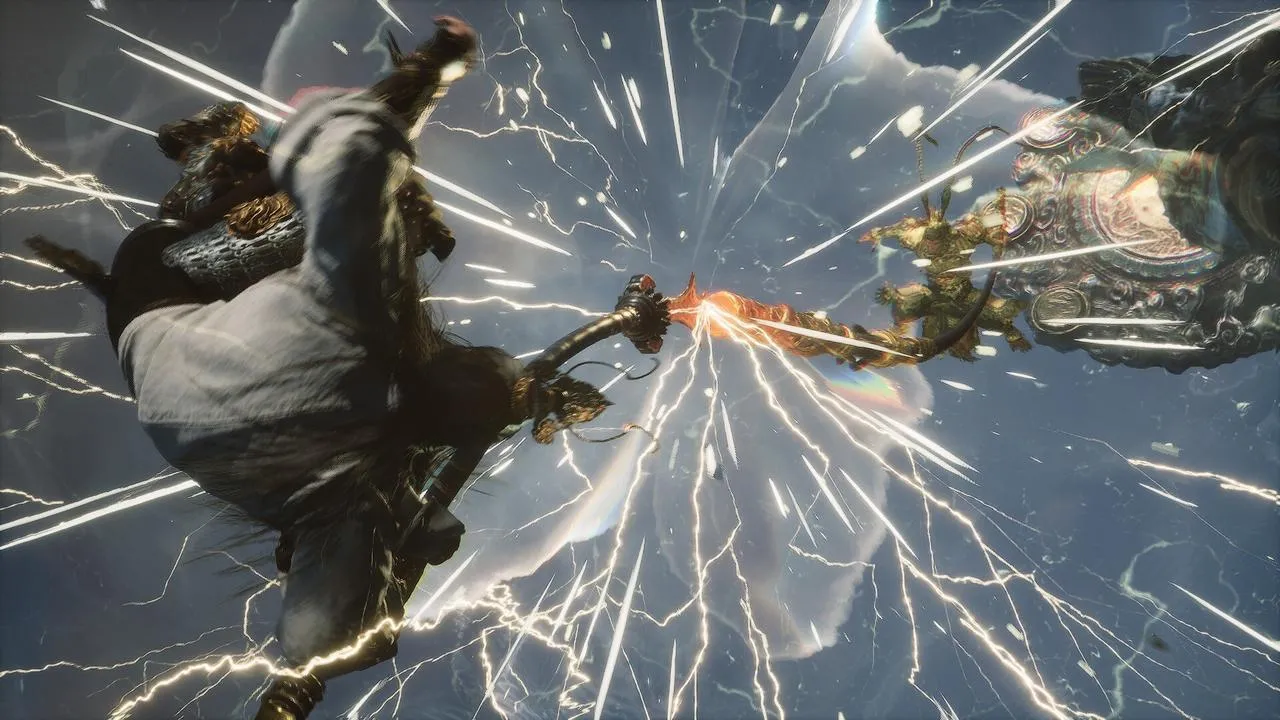 alt text showing the Monkey King using his magical abilities
alt text showing the Monkey King using his magical abilities
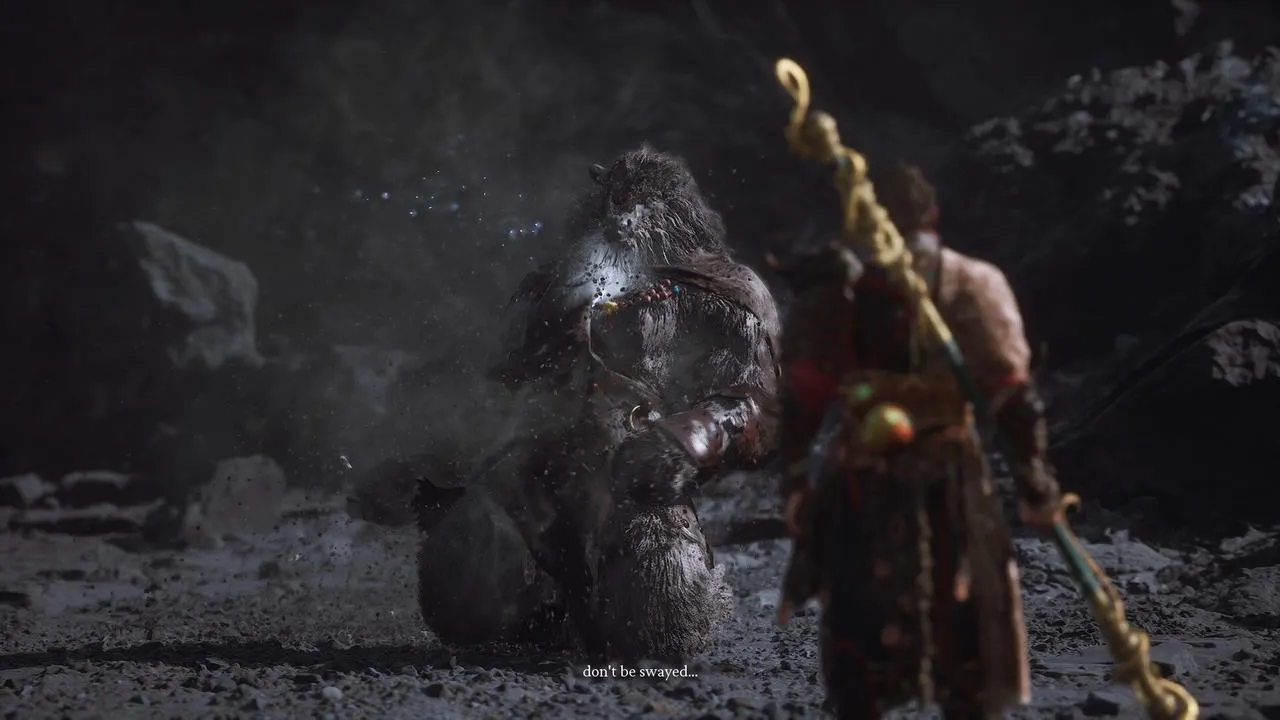 alt text depicting the game's combat system and enemy design
alt text depicting the game's combat system and enemy design
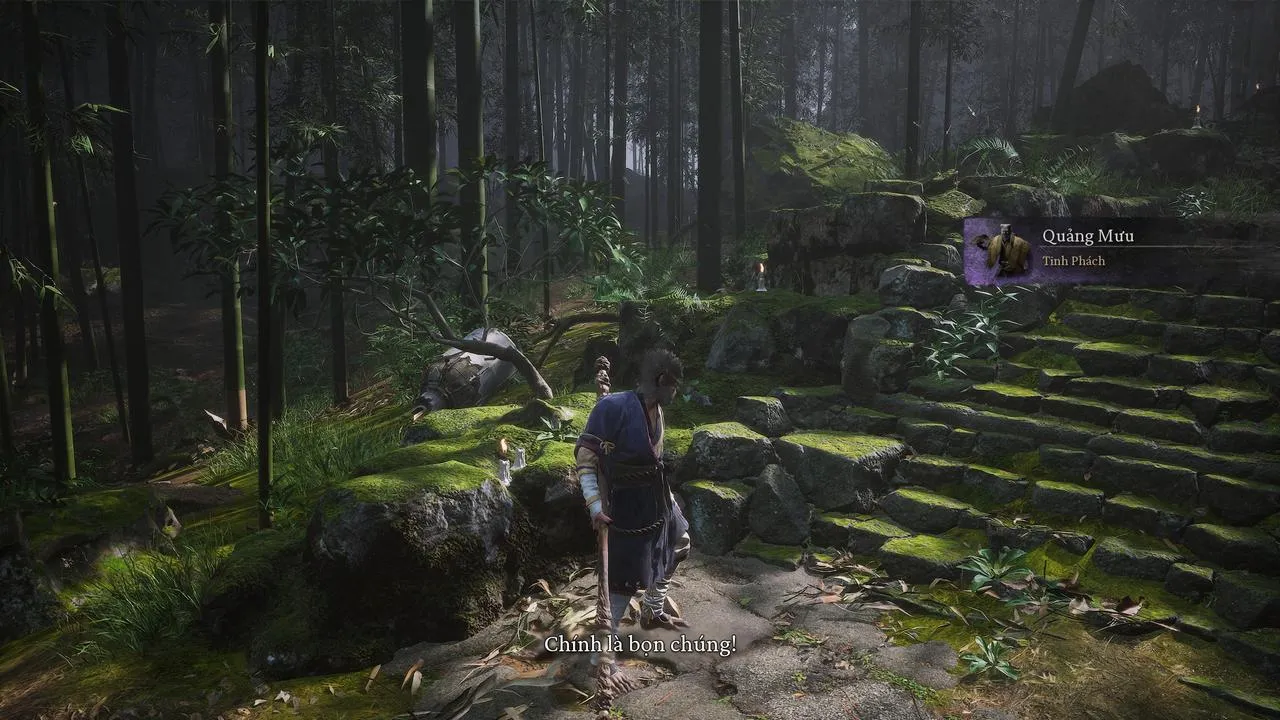 alt text showing another environment from the game
alt text showing another environment from the game
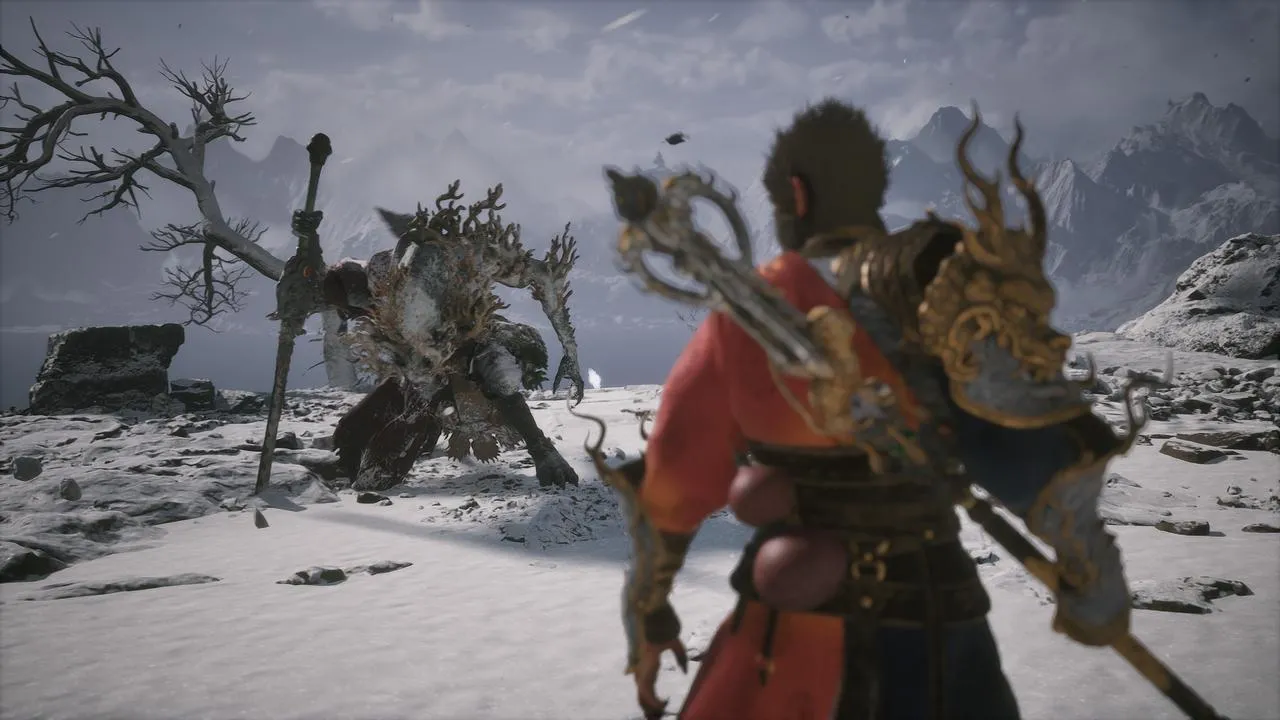 alt text showcasing the character's combat abilities and visual effects
alt text showcasing the character's combat abilities and visual effects
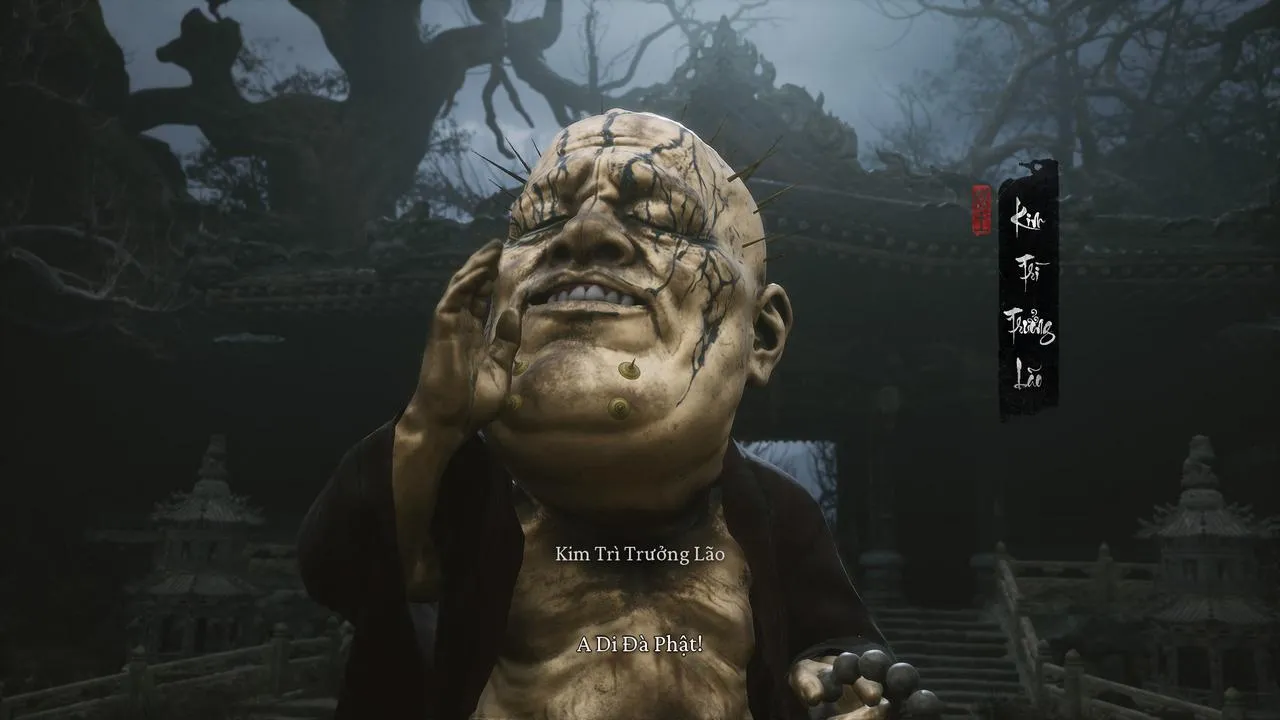 alt text depicting the player character exploring the game's world
alt text depicting the player character exploring the game's world
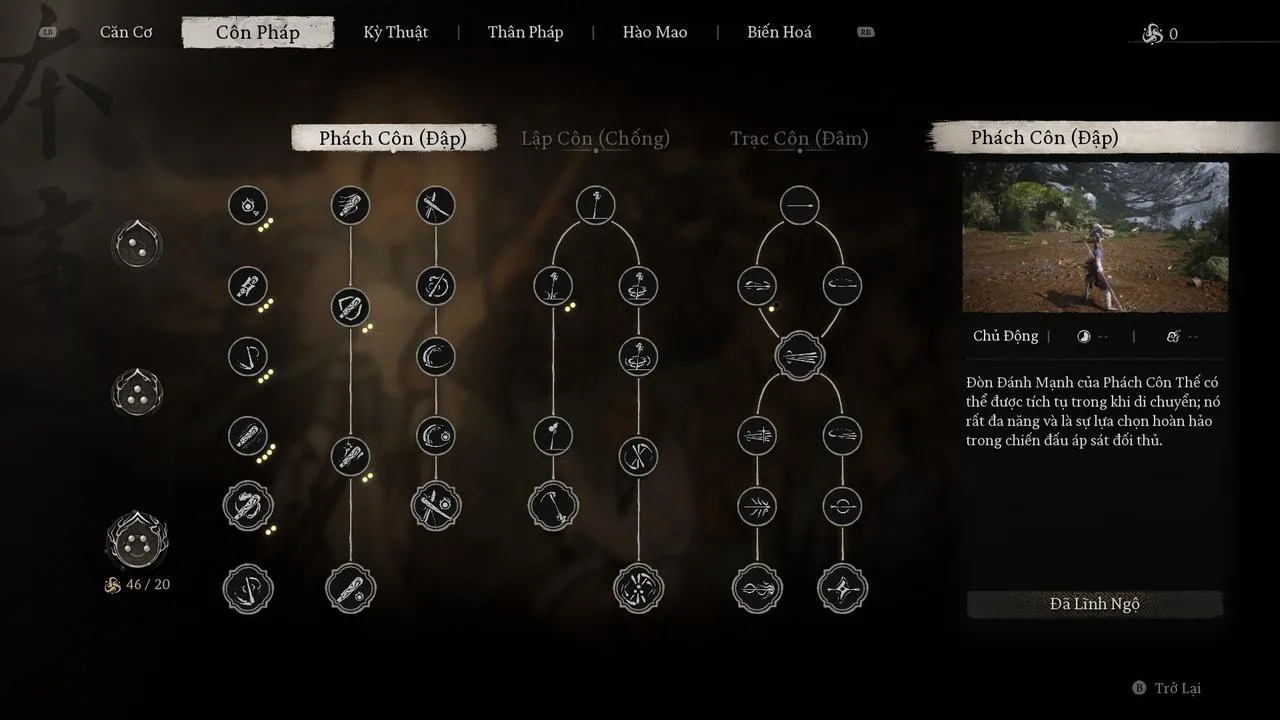 alt text showcasing the character customization options and equipment
alt text showcasing the character customization options and equipment
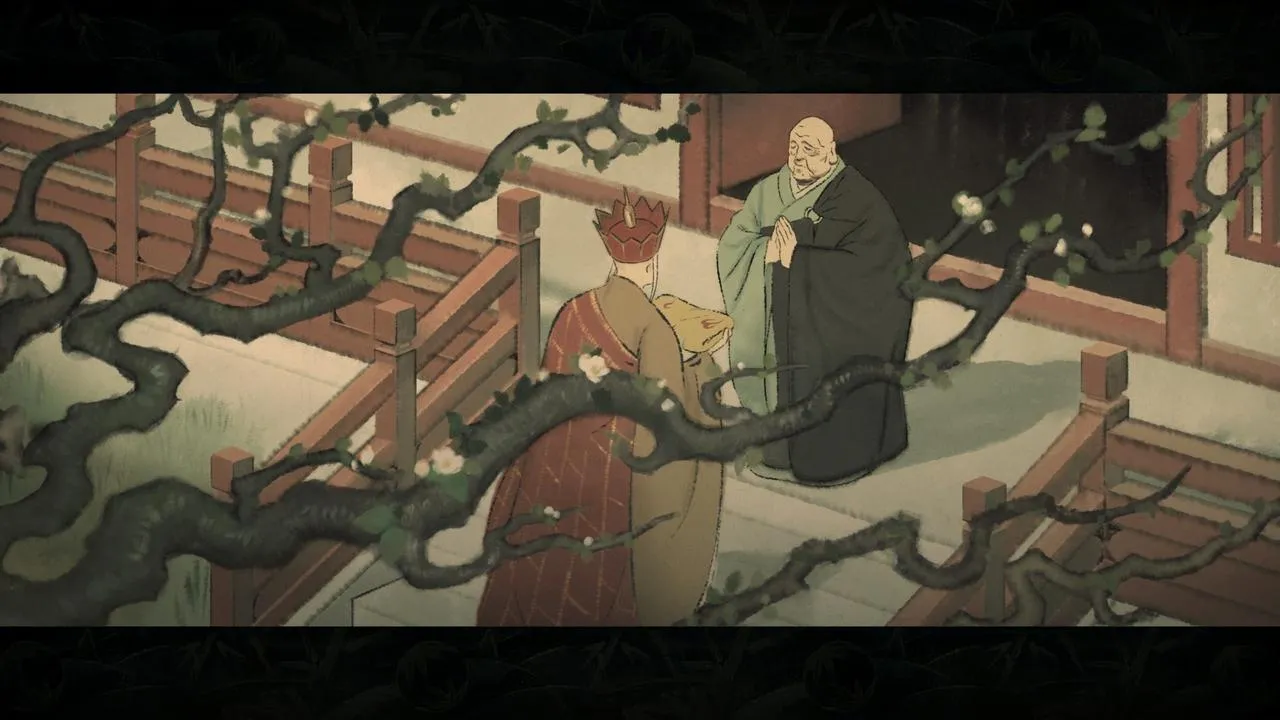 alt text depicting a narrative scene from the game
alt text depicting a narrative scene from the game
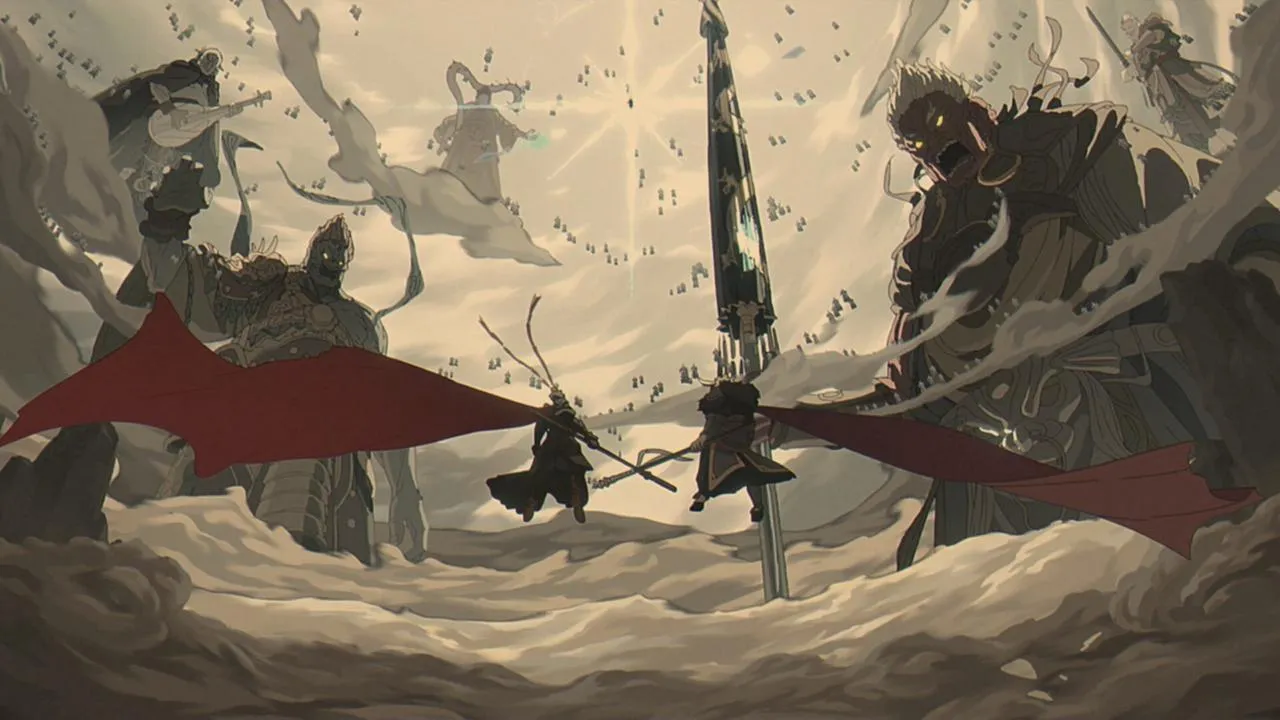 alt text showcasing the game's environment and atmosphere
alt text showcasing the game's environment and atmosphere
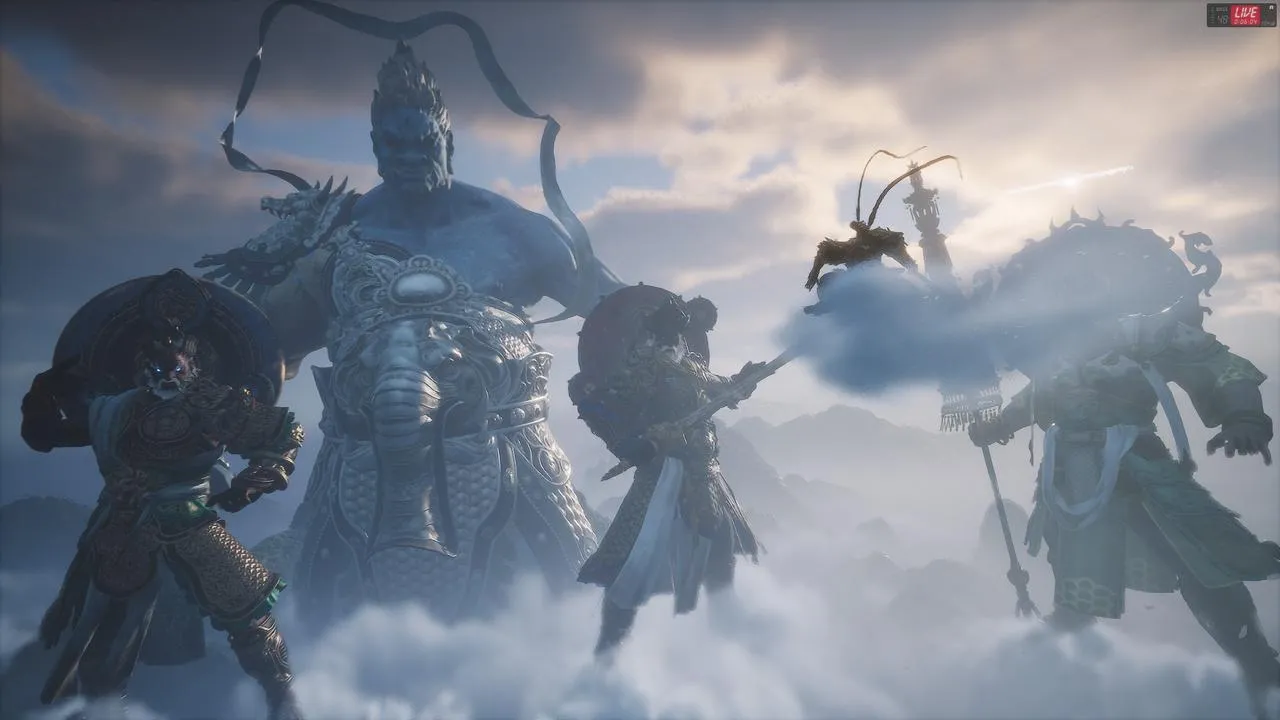 alt text depicting a challenging encounter in the game
alt text depicting a challenging encounter in the game
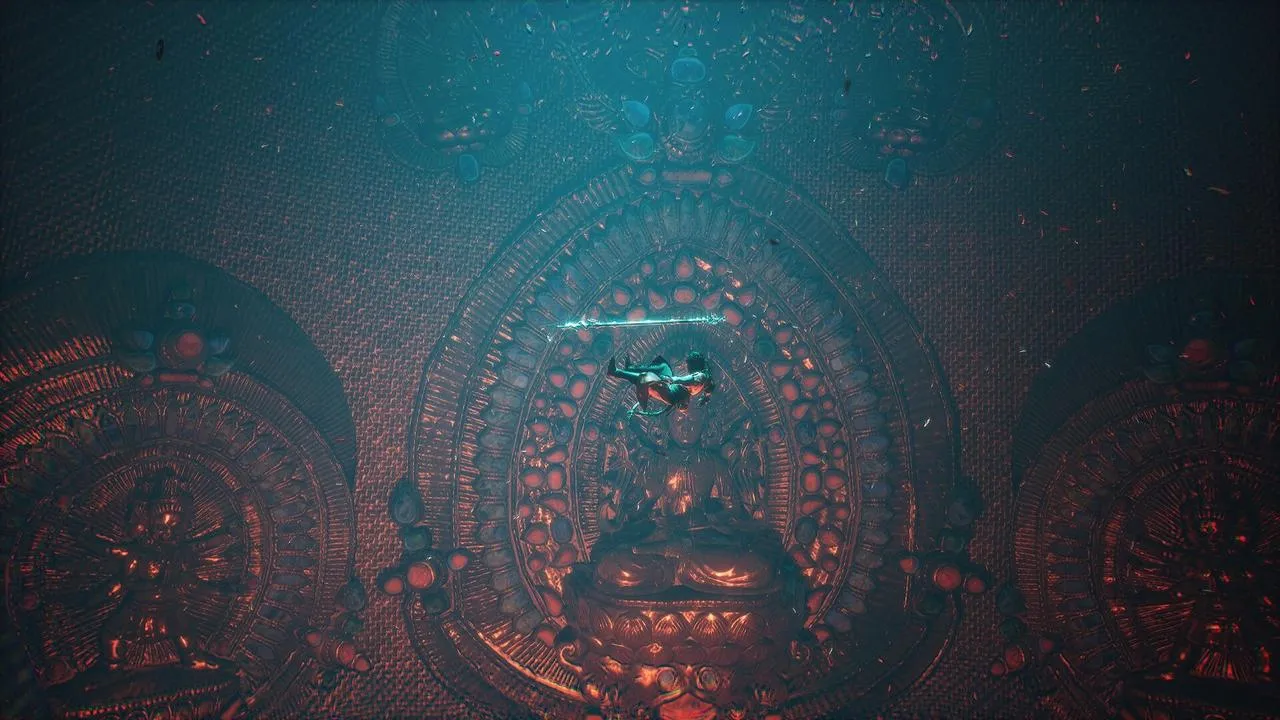 alt text showing a different area of the game's world
alt text showing a different area of the game's world





Comments (0)